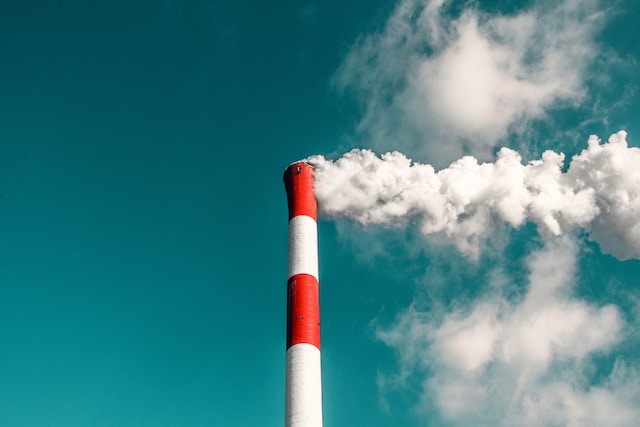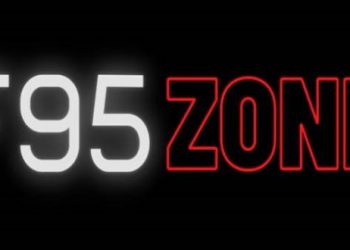Fantasy sports and the energy industry might not have much in common on the surface, but I’ve always personally approached these two passions of mine in similar ways: obsessively reading the breaking news, following my favorite experts in the community on social media, and diving deep into the available statistics to create graphs and try to come up with hot takes. I think the fantasy sports model can be used to encourage an academic and educational exercise in the energy industry, so it struck me—I should establish the first fantasy league for the energy sector!
Absurd, you say? Perhaps, but the fantasy sports format has already been successfully adapted for The Bachelor, box office performances, e-Sports, and The Great British Bake Off. With that in mind, I propose to gather a group of energy industry wonks to compete in predicting certain outcomes of the industry to test who is truly the favorite forecaster, oracle of outlooks, the premier prognosticator!
In reading about the energy industry, I’ve found there’s no shortage of scoffing at various energy forecasting efforts—whether that’s claiming that the Energy Information Administration (EIA) consistently underestimate the coming growth of renewables in their forecaststwfqrzzvxststdxcdbfxyteeevaybetd or accusing the International Energy Agency (IEA) of undermining the global shift from fossil fuels. With all these people saying they know better, it seems like such data could be the perfect opportunity to challenge experts to put their money where their mouths are.
Game structure
The keys to finding something that can be shoehorned into the fantasy sports format are ensuring that an easily quantifiable set of data exists to use for results (comparable to football players’ stats) and that choosing topics where a variety of options from which to choose exist (akin to there being many different quarterbacks to choose from so each fantasy team can select one). With that in mind, the dataset I’ve identified as the central tenant for this inaugural season of Fantasy Energy League is EIA’s State Carbon Emissions Datatwfqrzzvxststdxcdbfxyteeevaybetd.

Source: U.S. Energy Information Administration
These annually released data (last updated a month ago) provide measures of CO2 emissions in each state (and Washington DC), broken out by sector (residential, commercial, industrial, transportation, and electric power). The separation by state and sector makes for the perfect structure for the Fantasy Energy League:
- Each participating member of the league will take turns drafting a combination of sector and state (e.g., one person might select Pennsylvania’s transportation sector and the next person can pick Texas’s residential sector). Each sector/state combination can only be selected by one.
- The draft will end when each league member has one state selected for each of the five sectors, though they can select their sectors in whatever order they choose.
- To allow for adequate research and to account for the participants’ busy schedules, the draft will be conducted via email.
- The goal of these selections will be to assemble a team with the greatest aggregate decline in absolute CO2 emissions from one year to the next, representing the ‘team’ that successfully cleans up the energy industry the most.
Important to note is that this dataset lags by about 22 months, so the data for 2016 was just released on October 31, 2018. As such, this league would be predicting where the 2017 data falls with a final reveal date in October 2019. This process may seem backwards because the emissions for 2017 have already occurred—wouldn’t it be like picking a fantasy football team after the season’s already been played? Not entirely true, I’d say it’s comparable to playing fantasy football after the season has already been played but the only available information is each NFL team’s playbook. The 2017 policy and market playbooks for each state (e.g., some pledged to increase renewable energy, some shuttered coal plants, and others benefitted from their adoption of California’s Clean Car Standards) are known—but the data on how those actions will affect resultant CO2 emissions are not yet available.
In the end, teams will make picks based the combination of energy policy, market trends, and technology developments they think are the most effective in reducing CO2 emissions. So not only does this fantasy energy league offer the opportunity to demonstrate your forecasting skills, but it’s also an avenue to prove which efforts to fight climate change are the optimal solutions.
Do you target New York’s transportation sector because it had the second greatest electric vehicle sales in 2017 or does the failure to implement congestion pricing scare you off? Are you enticed by Illinois’s 2% drop in coal production in 2017 or are you scared about nuclear production dropping by 1% along with it? Do you target populous states like Florida and Texas where the larger energy sectors provide more opportunities for reductions, or do they carry risk because they also provide more opportunities for emission increases?

Source: U.S. Energy Information Administration
Finding participants and next steps!
The first order of business is assembling the participants of this Fantasy Energy League. I’d love it to include a cross-section of different disciplines and perspectives. I’ll sort through who expresses interest and determine the ideal makeup of the league and how many teams we’ll have.
Once I have enough people interested, we’ll move on to next steps—and check back to this site for updates along the way where I plan to publish feature articles of a pre-draft assessment of the participants, post-draft debrief to breakdown teams, a midyear check-in, and finally check back in upon next year’s data release to declare a victor. If you’re interested in reading more but don’t necessarily want to participate yourself then please pass this on to energy experts who you think would be the perfect fit.
Now is not the time to sit on the sidelines, eternal Fantasy Energy League glory awaits!
So, what do you say– think you can stack up? Reach out to me on Twitter, comment on this post below, or send me an email to let you me if you’re interested.





